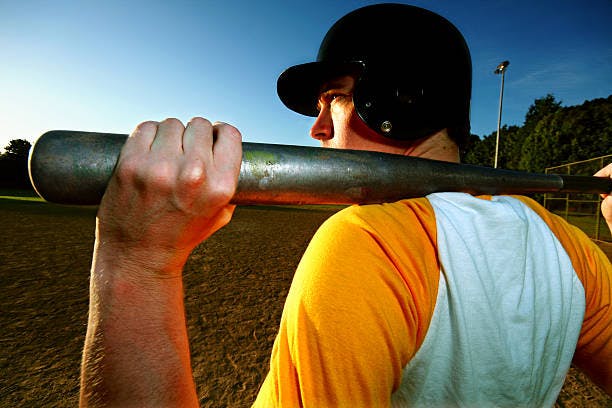A player with the strength to hit for the fences is something any coach lies awake at night hoping for. During those intense, close games in late innings, nothing is better than having your number one power batter step to the plate with a confident and determined look in his eyes.
While having a few power baters is not necessary to be a winning team, it certainly helps clinch a few of the tighter contests.
Developing a slugging average in young players can be tough because at this age many youth ball players typically grab the most comfortable bat…which is usually also the lightest bat. Sure, it’s easier at first to swing a light bat much faster than a heavy bat. But getting your players used to heavier lumber will likely improve your team’s overall performance.
Understanding the optimal bat weight for each player
Choosing the right bat is a top component to ensuring your player hits for the fences. However, it can also be the most difficult factor to determine.
According to research from Penn State University, optimal bat weight depends on the league in which the player competes. Hmm, well, what if there were a handy rule of thumb a coach could use? There is! Those great researchers at PSU have come up with just the equation: For junior leaguers aged 13 to 17 years, the bat weight in ounces is the player’s height divided by 3 plus 1.
Determining detailed weight
PSU researcher Terry Bahill even takes this general formula a step further in determining optimal power potential.
Along with his team, Bahill studied the relationship between bat weight and bat speed. His data reveal that players are not able to swing heavy bats as quickly as lighter ones, but the specifics vary considerably from player to player. The specific bat speed is also determined by the player’s abilities.
He determined that the measurement of bat speed among junior leaguers is made clear by a straight-line equation, also developed by the team at PSU. Now, this equation is for math geeks and maybe those who take finding the perfect bat weight a bit too seriously, so don’t be dismayed if you can’t capture the essence of this equation immediately.
This calculation assumes an average height and weight of the player, as well as an average pitch speed. Essentially, it is important to measure your player’s bat swing with a device like the Bat Chooser. This device is like a radar detector for your bat. Knowing your player’s bat speed with a given bat is a major factor in the equation.
Here’s what Terry writes: “[B]atted ball velocity initially increases as the bat weight increases until the bat swing speed drops below a certain level after which the batted velocity begins to decrease again.” The result is choosing a bat that allows your player to have the optimum bat swing.
So, only by looking at the more complicated calculation can make choosing the right bat weight complicated. However, the section “Understanding Bat Weight for Your Player” simplifies the equation. [this previous sentence is a bit clunky and awkward…rephrase.]
Calculating the specific optimal bat speed will never be easy without conducting a full-scale bat velocity test on your players. However, just follow the more straightforward equation of the bat weight (in ounces) of the player’s height divided by 3 plus 1. This will give each player on your team the best bat weight, in turn most likely leading to a better slugging average for each player and for your team as a whole.



No comments:
Post a Comment